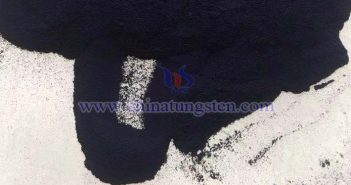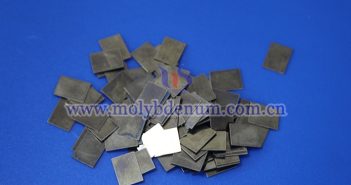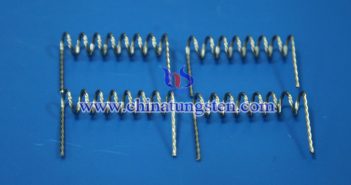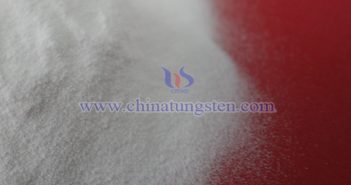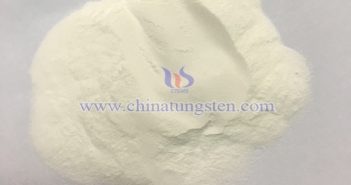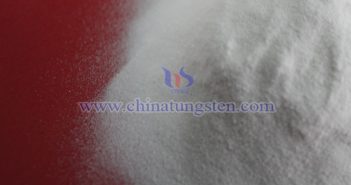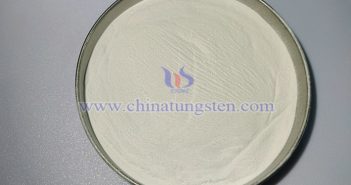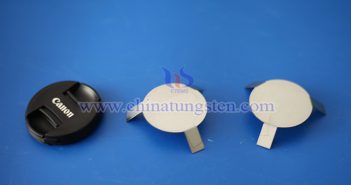
Molybdenum sheet is a sheet-like material made from molybdenum metal through processes such as rolling. It is primarily used to produce reflective screens and covers in sapphire crystal growth furnaces, reflective screens, heating elements, and connectors in vacuum furnaces, as well as sputtering targets for plasma coating. It is a critical material in high-end manufacturing. The basic characteristics of molybdenum sheet are as follows: Appearance: Molybdenum sheet is black-brown in color; if alkali-washed, it exhibits a silver-gray metallic luster. Flatness…

